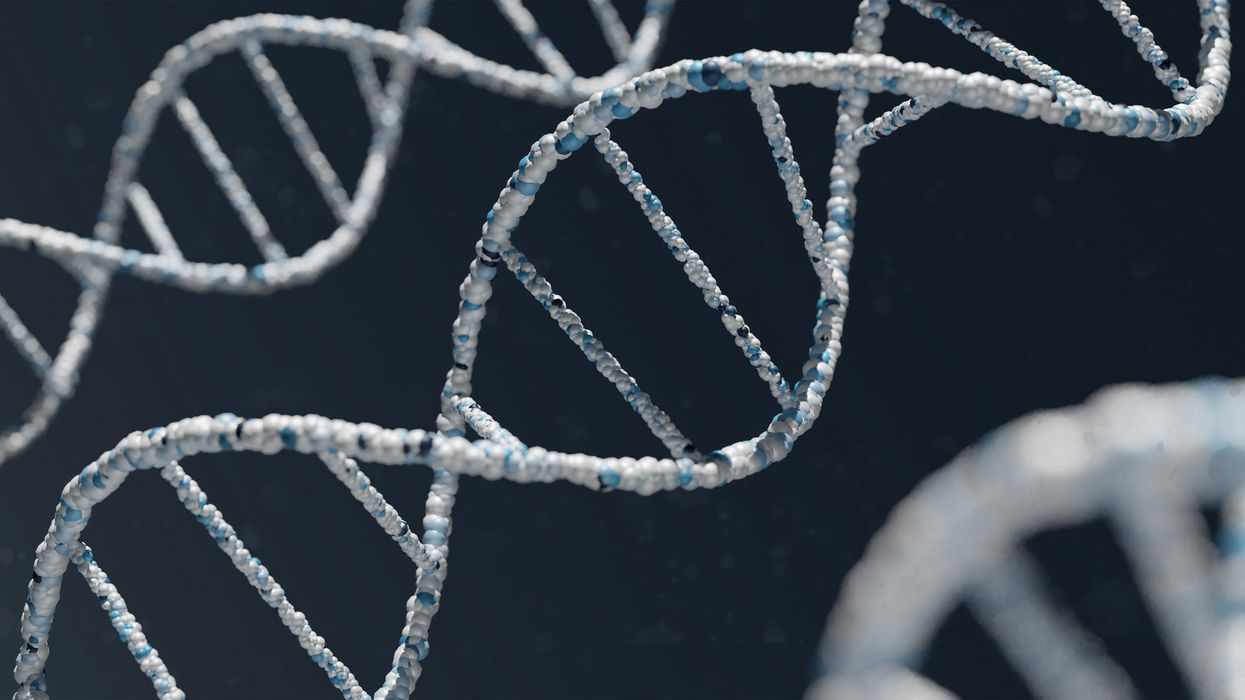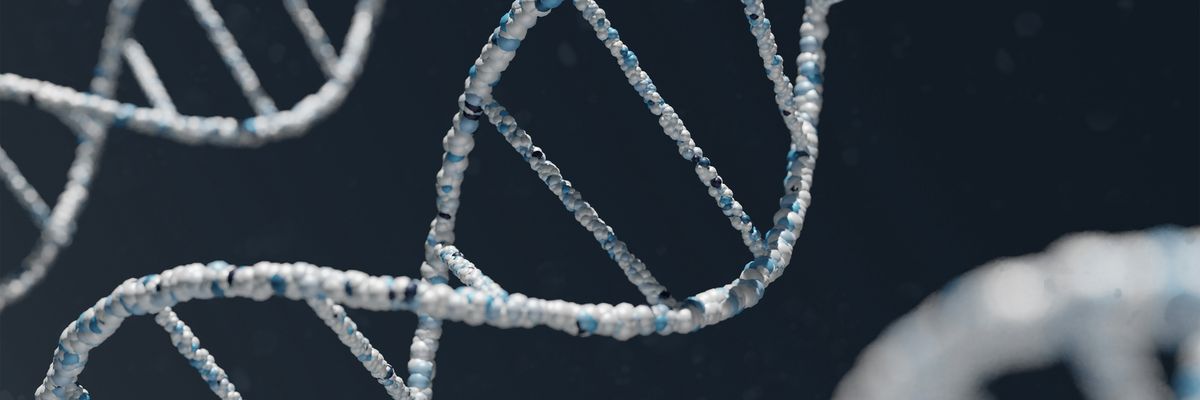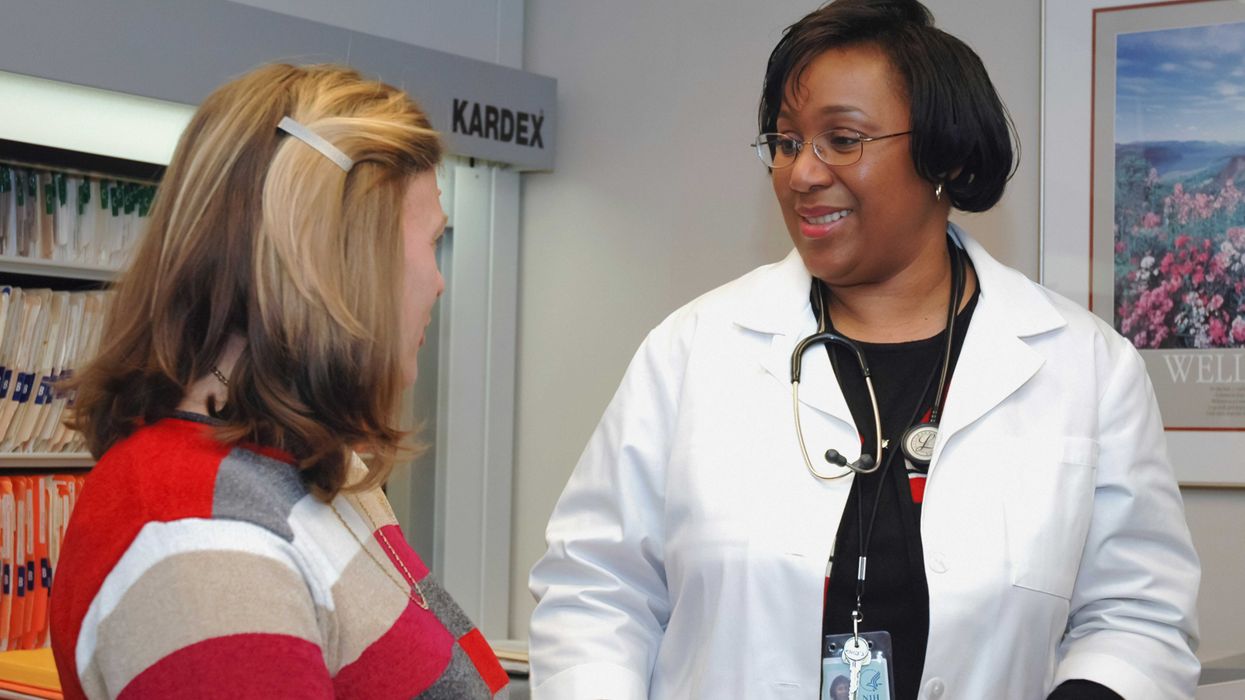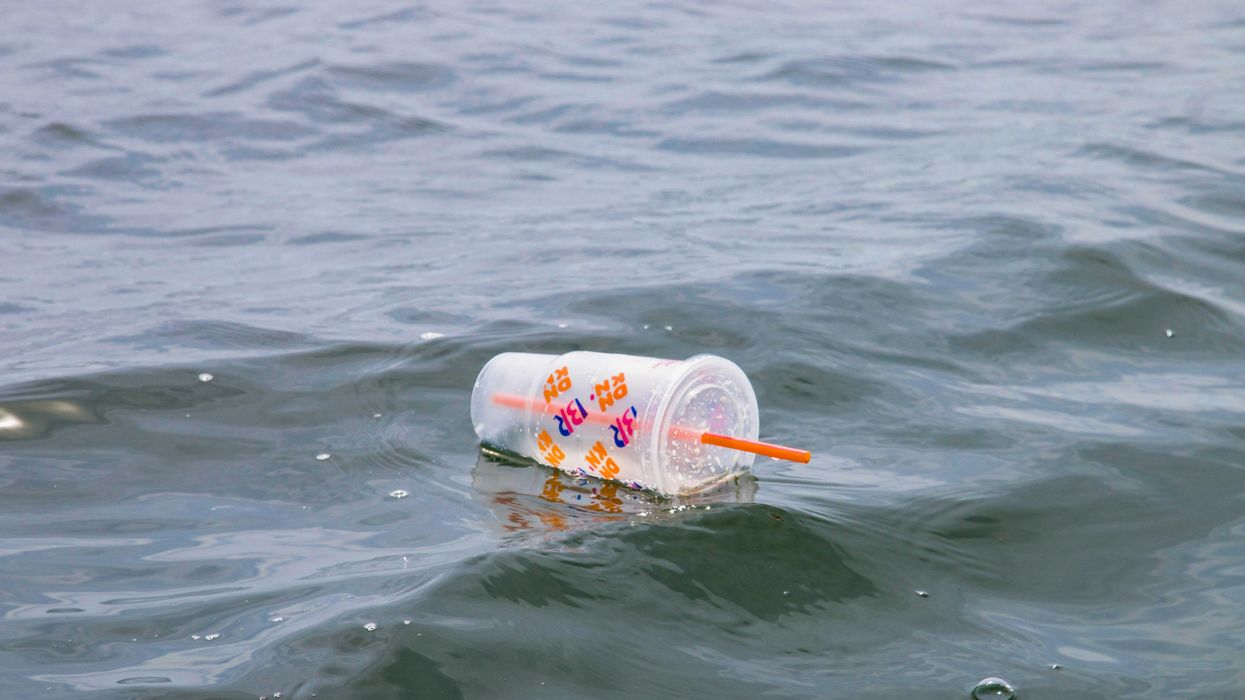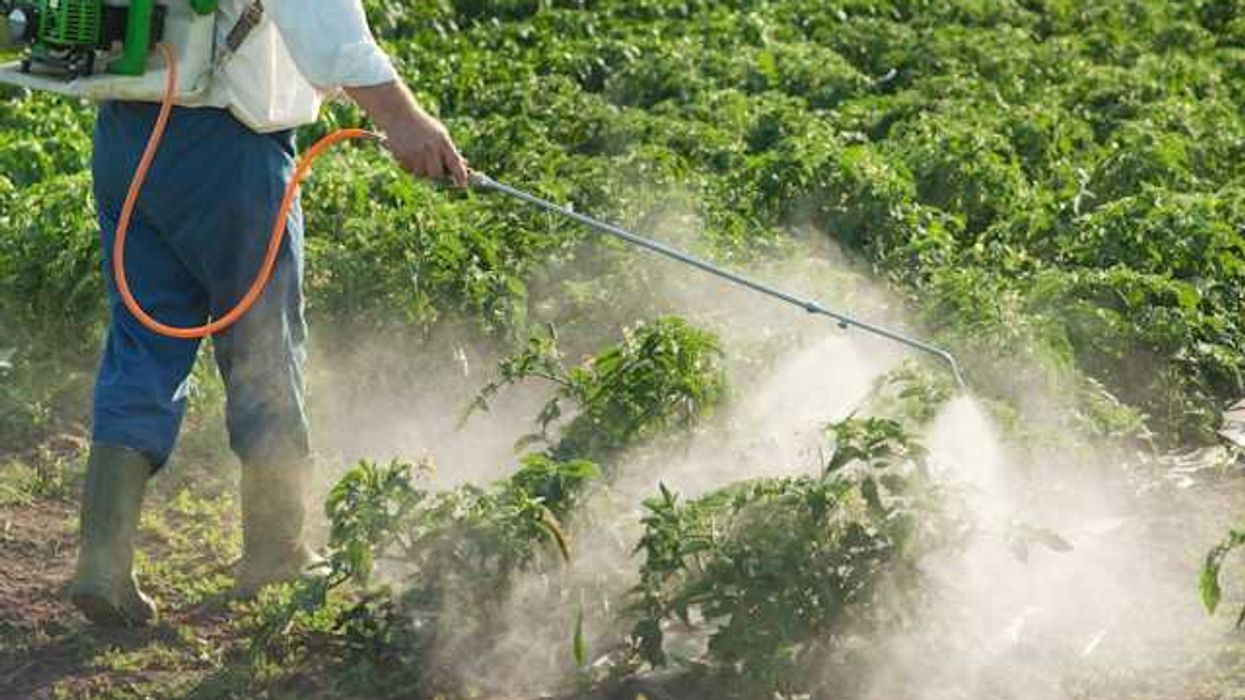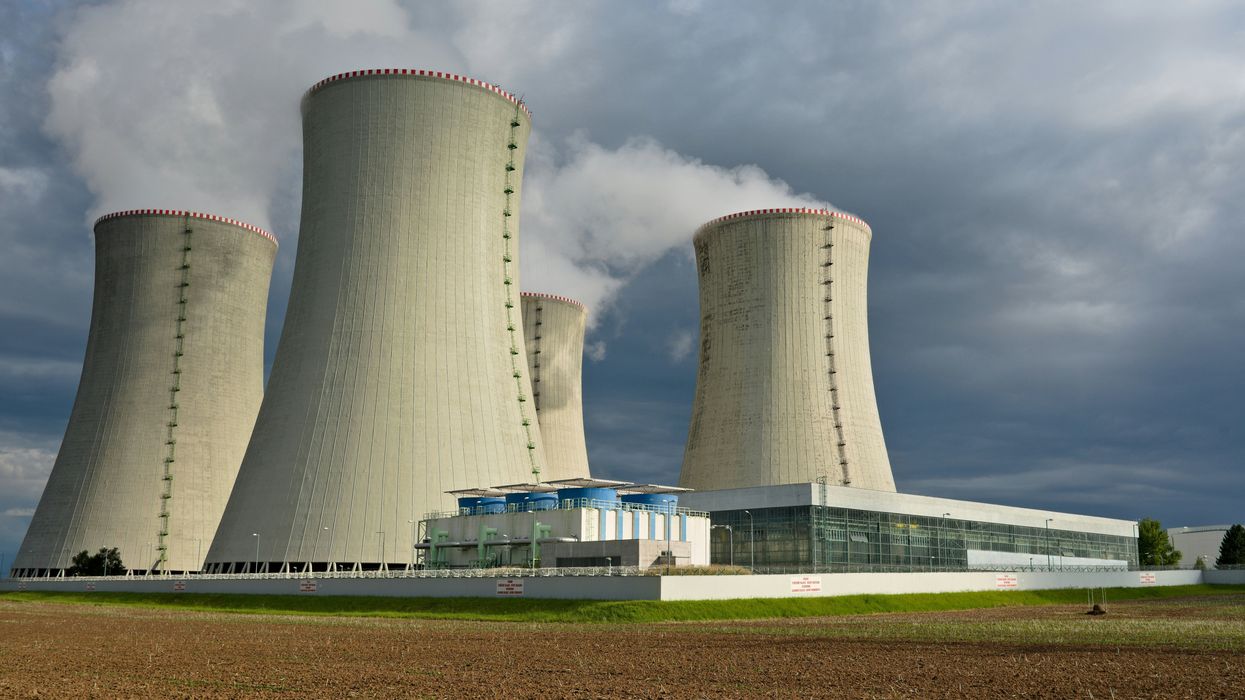Exposure to PFAS chemicals may alter gene activity in ways that contribute to cancer, neurological disorders, and autoimmune diseases, according to a new study of U.S. firefighters.
Tom Perkins reports for The Guardian.
In short:
- Scientists examined blood samples from 300 firefighters and found PFAS exposure changed the activity of genes involved in disease development, particularly cancer and immune dysfunction.
- The study found PFAS disrupted gene expression in ways that may prevent genes from working as tumor suppressors, with compounds like PFOS affecting genes tied to bladder, liver, thyroid, and breast cancer.
- Researchers say these findings offer insight into how PFAS might contribute to illness and could inform future treatments aimed at reversing or preventing disease progression.
Key quote:
“This gives us a hint as to which genes and which PFAS might be important.”
— Melissa Furlong, University of Arizona College of Public Health researcher and study lead author
Why this matters:
PFAS, or per- and polyfluoroalkyl substances, have become a major public health concern because of their widespread use and persistence in the environment. These chemicals are in firefighting foam, food packaging, waterproof clothing, and nonstick cookware. Once in the body, PFAS do not break down easily and can accumulate over time. Researchers have linked them to a wide range of diseases, but understanding the underlying mechanisms has remained a challenge. This study’s focus on epigenetics — the way chemical exposures can turn genes on or off without changing DNA — sheds light on why PFAS might be especially dangerous. If PFAS are altering genes that regulate immune function and cancer suppression, even low levels of exposure could set the stage for long-term health impacts across generations.
Read more: The silent threat beneath our feet: How deregulation fuels the spread of forever chemicals

